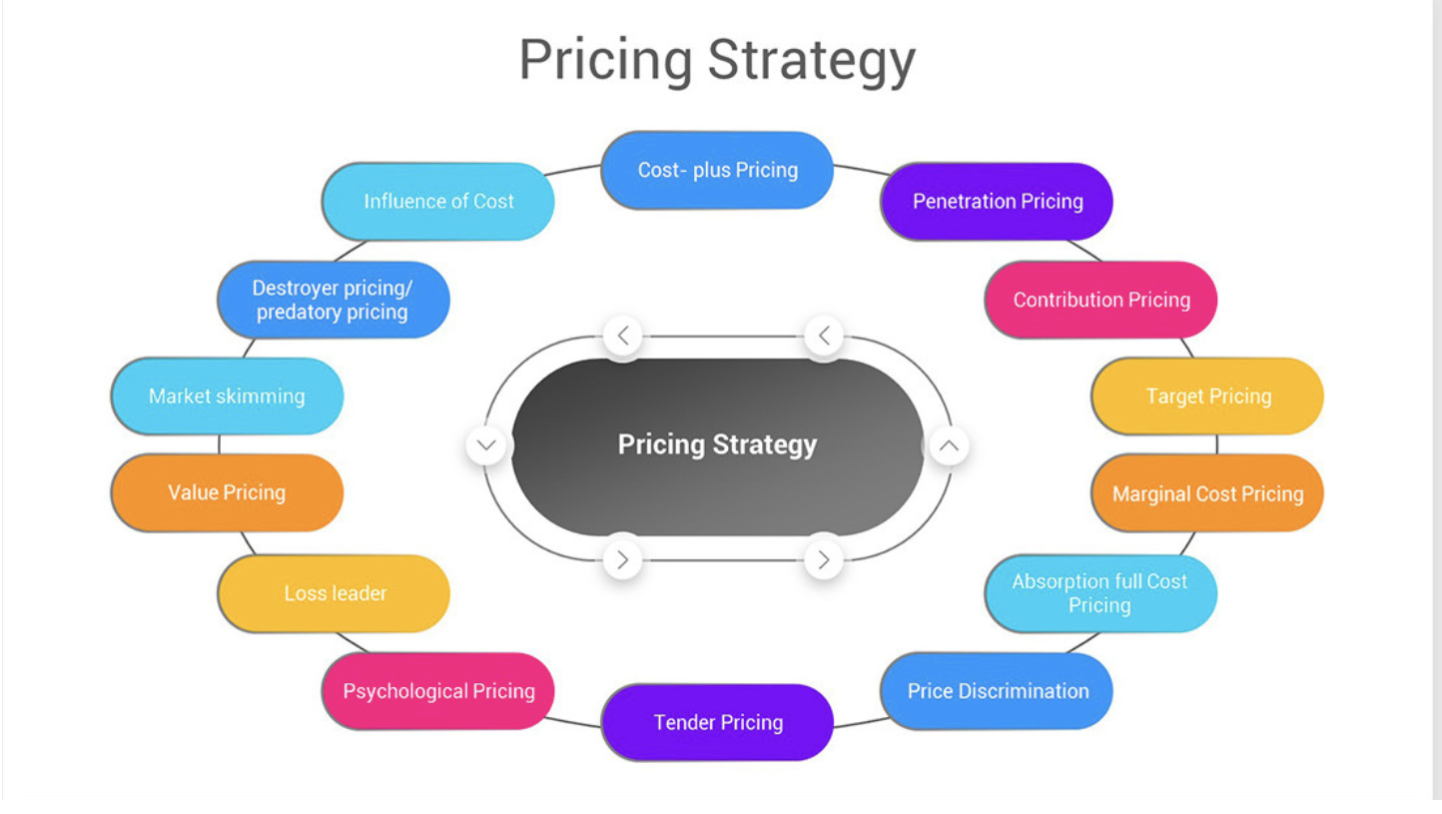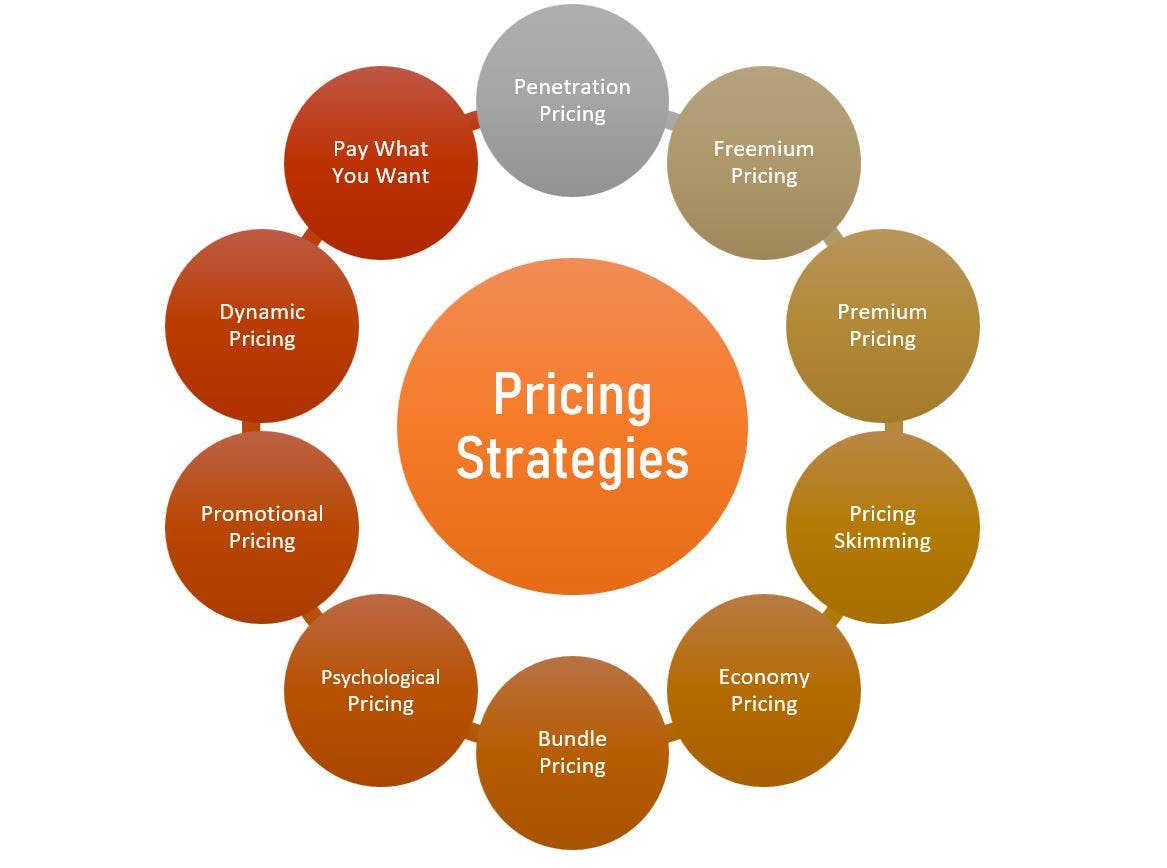The Duty of Competitive Analysis fit Your Pricing Strategy
The Duty of Competitive Analysis fit Your Pricing Strategy
Blog Article
Optimize Revenue With Proven Prices Method Techniques
Strategies such as value-based prices, vibrant rates, and detailed market evaluation can substantially boost a business's monetary efficiency. Understanding client perception and leveraging data analytics for dexterous prices adjustments are essential elements of this method.
Comprehending Consumer Understanding
Understanding consumer understanding is crucial for establishing effective prices strategies. It affects exactly how customers assess a product's worth, top quality, and general attractiveness. Organizations should acknowledge that consumers commonly base their desire to pay not exclusively on the product's intrinsic attributes yet likewise on psychological elements, including brand credibility, social standing, and perceived shortage.

Furthermore, companies should take into consideration the role of rates psychology, such as appeal prices or rate anchoring, which can significantly affect client behavior. Recognizing these understandings makes it possible for organizations to mount their prices techniques in a way that aligns with consumer assumptions while making best use of earnings.
Incorporating client perception into rates methods not just help in setting competitive rates but additionally promotes brand loyalty, as customers feel understood and valued. Eventually, a nuanced understanding of consumer perception can bring about sustainable income growth and enhanced market positioning.
Studying Market Trends
To develop a reliable rates approach, analyzing market trends is vital for organizations wanting to remain affordable. Understanding the characteristics of market fluctuations allows firms to make enlightened choices relating to rates changes, item launches, and source allotment - Pricing Strategy. By keeping an eye on customer actions, financial signs, and market growths, services can identify patterns that notify their pricing structures
Key parts to think about when evaluating market fads consist of need flexibility, seasonal fluctuations, and emerging modern technologies. Need flexibility helps companies determine how cost adjustments may impact consumer buying choices. Seasonal patterns can give understandings right into optimum prices throughout height and off-peak durations, enabling for calculated discounting or advertising prices. Furthermore, maintaining an eye on technological improvements can assist identify prospective threats or chances that might affect rates methods.
Utilizing information analytics devices can boost the accuracy of fad evaluation, providing useful understandings that assist in nimble decision-making. Companies must also consider conducting routine market research to verify assumptions and adapt to advancing customer preferences. By leveraging these understandings, businesses can not only optimize their rates techniques but likewise strengthen their general market placement, making sure long-term productivity and growth.
Affordable Rates Strategies
An affordable pricing approach is essential for services aiming to gain a side in a jampacked industry. By analyzing competitors' rates frameworks and market positioning, companies can tactically establish their prices to bring in consumers while preserving profitability. This technique calls for an extensive understanding of both the affordable landscape and client understandings of value.
One efficient method is price matching, where an organization provides to beat a rival or match's price. This technique can improve consumer loyalty and encourage sales, especially in price-sensitive markets. Furthermore, infiltration rates can be used to catch market share by initially setting costs less than competitors, enticing customers to attempt the product and cultivating brand name recognition.
Moreover, companies can implement emotional rates approaches, such as pricing things just listed below a round number (e.g., $9.99 as opposed to $10 - Pricing Strategy.00) This can develop the understanding of a far better offer, affecting consumer habits
Inevitably, an effective affordable pricing approach stabilizes the requirement to continue to be eye-catching to clients while making certain that the rates design lines up with the business's overall purposes. Frequently adjusting and evaluating prices in action to market shifts and rival actions is crucial for sustained success.
Value-Based Rates Strategies
Value-based rates methods concentrate on setting prices primarily based upon the regarded value of a services or product to the customer, instead of only on manufacturing prices or rival rates. This method needs a deep understanding of client requirements, choices, and the distinct benefits that the product or solution deals. By determining the certain value drivers that resonate with clients, services can develop prices techniques that show truth worth of their offerings.
To implement value-based prices properly, business need to involve in complete market study, consisting of customer surveys and emphasis teams, to collect understandings into consumer understandings. Additionally, companies need to segment their customer base to tailor pricing strategies that line up with various worth perceptions across sections.
Communication plays a crucial duty in value-based rates; companies have to express the unique value suggestion plainly to validate the rate point. Additionally, recurring assessment and adjustment are essential, as customer perceptions of worth may move in time due to market dynamics or affordable actions. By prioritizing value in rates methods, companies can boost client satisfaction, enhance commitment, and ultimately enhance revenue.
Dynamic Pricing Models

Dynamic rates leverages advanced formulas and information analytics to check rival prices, consumer actions, and stock levels. By dynamically readjusting prices, companies can optimize income, take full advantage of revenue margins, and respond quickly to changes in the market. As an example, airlines often use this version to change ticket prices based this content on factors like continuing to be seats, time till separation, and competitor pricing.
Nonetheless, the execution navigate to this website of vibrant prices have to be approached with care. Transparent interaction with customers is essential to preserve count on and stay clear of assumptions of unfair rates methods. Additionally, companies should make sure that their rates formulas are not overly complex or opaque, as this can bring about client discontentment.
Inevitably, when implemented attentively, dynamic pricing designs can provide organizations with a considerable affordable advantage, allowing them to profit from market opportunities while dealing with customer assumptions in a rapidly changing financial landscape.
Conclusion

Techniques such as value-based pricing, dynamic rates, and complete market analysis can significantly improve a firm's economic performance. Seasonal trends can give insights into ideal rates during peak and off-peak periods, permitting for critical discounting or marketing prices.Dynamic rates leverages innovative algorithms and data analytics to keep track of rival rates, customer actions, and inventory degrees. By comprehending consumer perception, evaluating market trends, and applying competitive prices strategies, services can successfully straighten their great post to read prices with customer assumptions. Additionally, value-based pricing and vibrant prices designs allow organizations to react agilely to market fluctuations.
Report this page